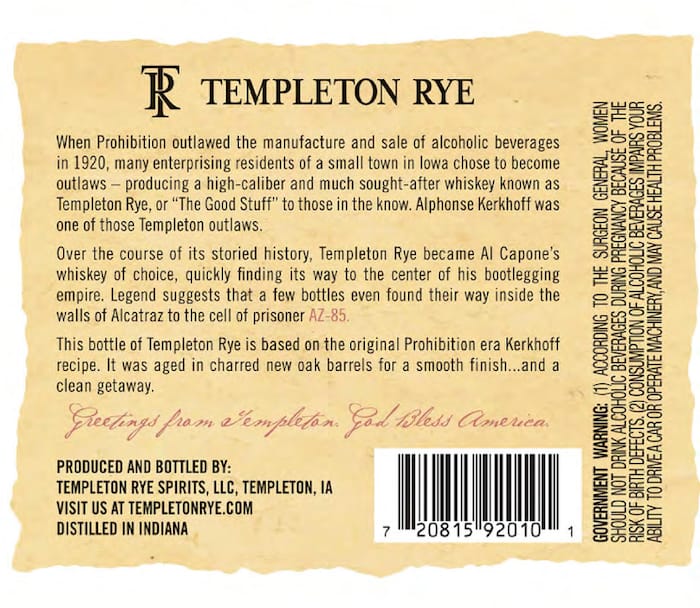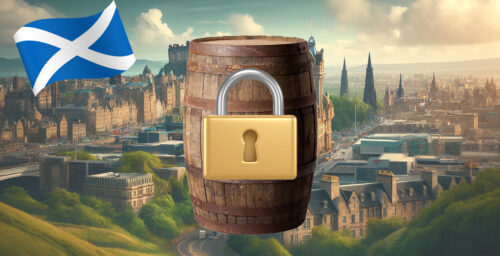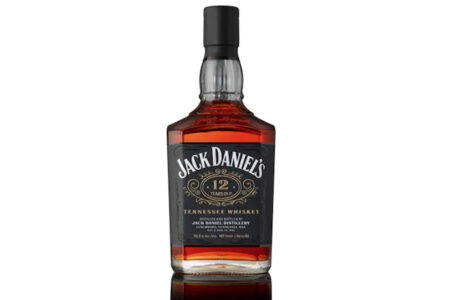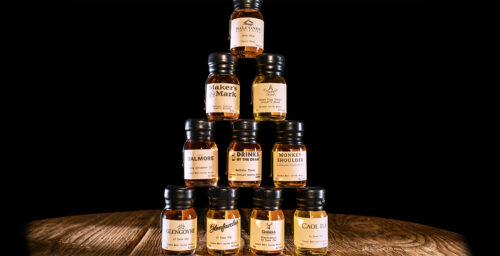Here’s the scene: you’re at your local liquor store, perusing the bourbon aisle. A new bottle in the “local” section with a folksy label and weighty, round-shouldered shape catches your eye. You pick it up. “Whiskey produced by hand and made from an old family recipe using small-batch, artisanal methods,” the front proclaims, while the hanger tag proudly displays black-and-white photographs of the founder’s great-grandparents posing in front of a handmade still.
Seems legit – right? Do you believe that somebody in your local community got up one morning, schlepped themselves into the distillery, and spend the day laboriously grinding, mashing, and distilling grain to produce this whiskey? Or was it delivered to your town in a 275 gallon industrial tote?

If you’ve been following the rise of craft whiskey, you probably have your suspicions. As craft brands have become more popular, the number of producer taking, um, “shortcuts” to get product to market have grown.
While some of these “crafty” distillers are doing their best to hide that information from you, for most, the product’s origin story is right there on the label – if you know how to look for it. Your best bet is to look for the following terms: distilled by, produced by, or bottled by.
First, does it say “distilled by?” That means it was actually distilled by the entity named at least once. That includes the redistillation of GNS for gins and vodkas, but if you’re shopping the whiskey aisle, you (probably) don’t have to worry about that.
If it just says “Produced by” or “bottled by,” that’s a dead giveaway that the brand on the front of the label likely didn’t actually produce the contents. Instead, they likely sourced the product from another distiller before rebottling it themselves. Maybe they did something to it in the meantime, like blending or aging, but they didn’t actually distill the alcohol you hold in your hand.
You can also look for text disclosing the state of origin of the distillate. The TTB requires liquor manufacturers to state that information on the label, but until recently it hasn’t been very well enforced. If that line holds some surprises (like “distilled in Indiana”), you’ll know you’re tasting something made elsewhere.



